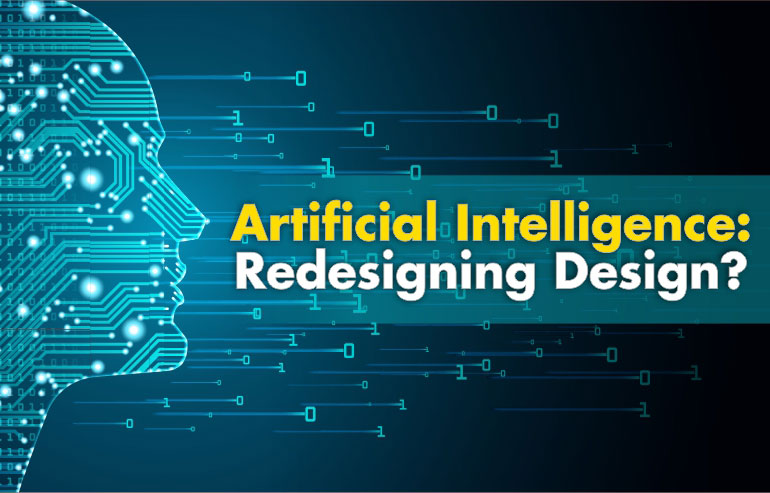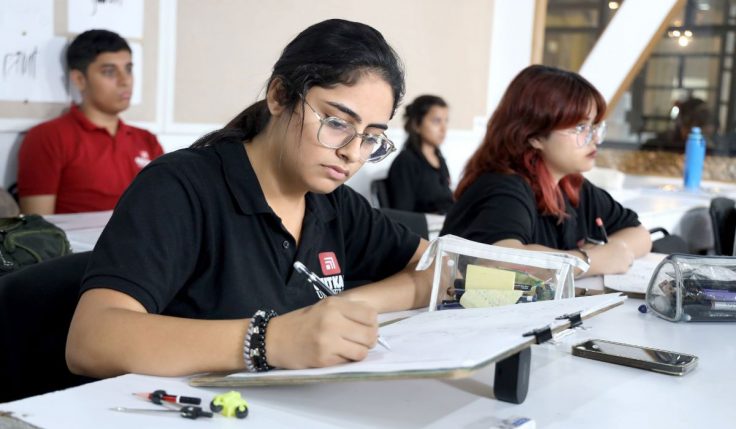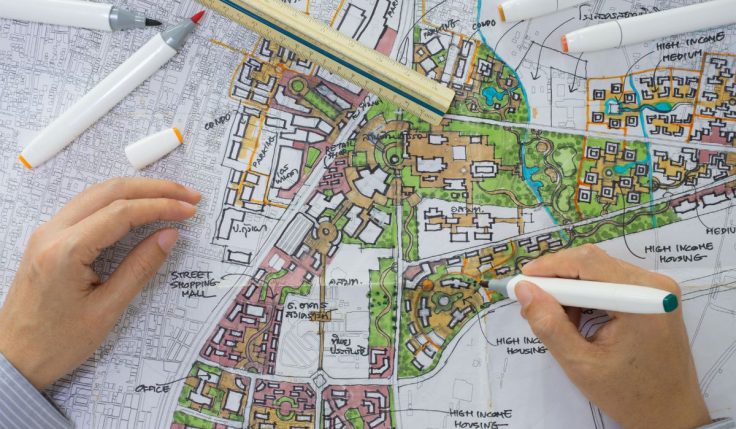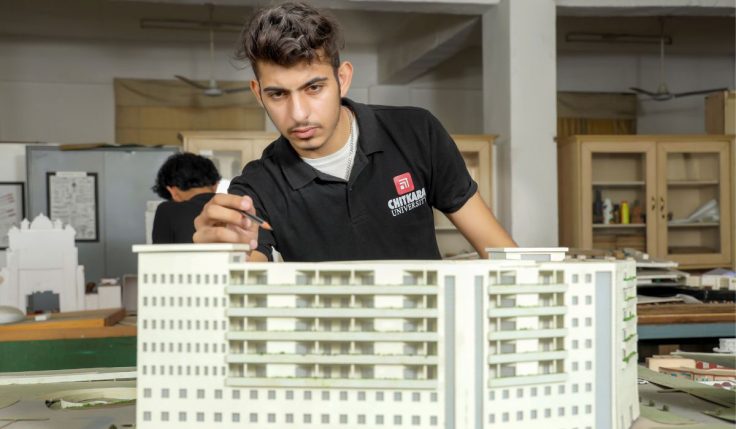From banking to healthcare, manufacturing to telecommunication, and in so many other sectors, there are umpteen use cases available which show how AI is transforming the way we live, work and learn. The story is no different in the world of design studies. The use of AI is bringing in newer design applications and changing how students are taught the finer nuances of creative expressions and skills.
The first attempt at defining the scale and scope of AI was made in 1950 by Alan Turing, often referred to as the father of computer science. He offered what came to be known as the Turing Test. Turing essentially started a move that would result in ways to get computers and machines to mimic human thinking for solving problems or making decisions, giving rise to machine learning and artificial intelligence.
Also Read: Top 5 Jobs After Btech In Data Science And Artificial Intelligence
AI in design education
Designers learn everything they need to know through practice and inspiration, and educators of design courses help students by teaching them how to think critically and creatively. As design studies are changing their contours to meet the needs of a world running on a digitized DNA, AI is changing the paradigms of the learning and teaching experience and outcomes for students and teachers.
Learning and Teaching: AI has encouraged design students to interface and collaborate with machines to get inspired, enhance their creative output, engineer new designs, create simulations and productionize their designs. For students deploying AI can give rise to completely new interpretations of creativity, like using robotics to influence how a design is developed. Likewise, for the design teaching fraternity, AI brings the outside into the classrooms effectively, simplifying the teaching process, including reviewing students’ work and cascading learning.
Also Read: What Is Artificial Intelligence And Future Scope
Prototype Testing: The building of prototypes usually takes a lot of effort and time while learning design. AI could be used to build continuous cycles for prototyping, testing, and refining, allowing designers to customize easily. The classrooms can use these functional prototypes instead of waiting for the final product. The journey from model ideation to model deployment becomes very short. For instance, let us take the example of computer-aided design (CAD). It is possible to embed AI within CAD in the form of algorithms which can then be used for data collection, processing, modelling, and automated decisions. AI can help build better CAD replicas of a dental implant or an aircraft, which could be tested in a simulated environment.
Improved Efficiency: The use of appropriate AI tools can help in doing manual jobs more efficiently, like cropping images to get the best look, choosing the colours most pleasing to the eye, and modifying the scale and positions of different elements of the design. They provide a common sense approach to AI by giving real-world examples, such as how machine learning has been used to create 3D models of people to create avatars for VR games.
To truly realize the potential of AI in to make the teaching and learning of design more effective and efficient, design schools need to have an open mind to this new technology, invest in the right tools, modify the curriculum as needed and enable their and students and teachers to use AI as an effective teaching tool. They could also adopt innovative measures like sharing resources with complementary departments like computer science and the design stream, who may have overlapping areas of studies and applications. Universities will also need to make the necessary interventions in curriculum and pedagogy so that we can produce better designers tomorrow.
Also Read: Artificial Intelligence: Empowering Today And Tomorrow
AI has become a buzzword for the last few years, and for design education, too, it is likely to be adopted by more and more institutions in the coming years. Additionally, many universities will offer courses on using AI for design. However, we must remember that while AI can be a facilitator for better learning delivery, the talent of the faculty continues to be a vital force in the design learning journey. Likewise, AI will give design students new wings to fly and novel ways of leveraging their creative potential. However, in the end, it is the innate talent and understanding of design that will truly distinguish a student of this discipline.






